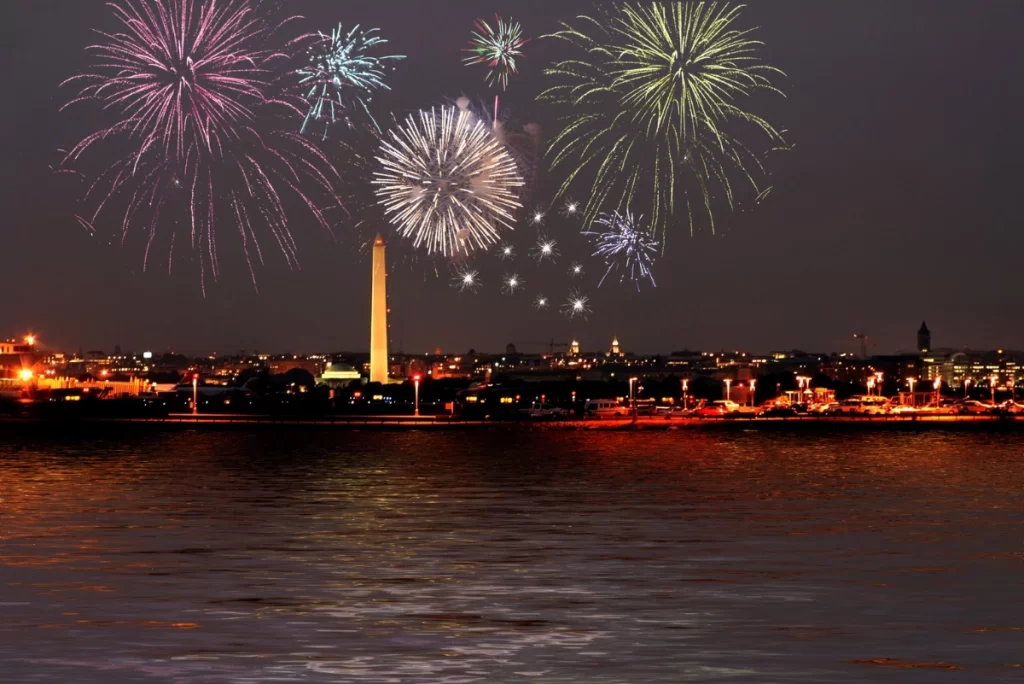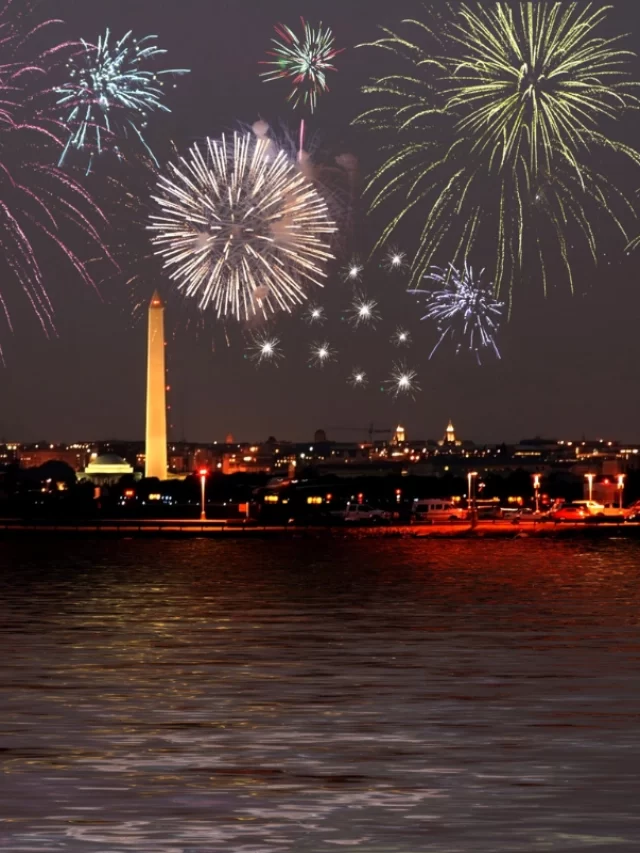Fireworks’ Background, Present, and the Future
As Diwali and Halloween are dawning on the horizon, the pyrotechnicians have taken to the market, displaying a variety of fireworks and crackers. These are packaged in a way that one cannot help but be seduced. But these fireworks are not all the same; they come in vivid colours and varied shapes. Have you ever wondered, why that might be? If you have, then this article is for you.
Brief History of Fireworks
When was fire invented? About two million years ago. But it was only recently (not that recent) that fireworks were invented. But who invented crackers? It was an accident. Around 200 BC in Liuyang, China, the first crackers were simply bamboo thrown in a fire, credited to monk Li Tian. To answer the question of who invented gunpowder, we’d have to travel to 800 AD, when an alchemist married saltpetre (potassium nitrate), sulfur, and charcoal to birth a flaky black powder. This is now known as gunpowder.

The first modern fireworks were created in the 7th century during the Tang dynasty. They were created by putting this gunpowder inside bamboo stalks and rolled-up paper, which was later lit. It produced a loud bang which could ‘allegedly’ ward off evil spirits. By the 13th century, fireworks had spread to the Middle East. Marco Polo introduced gunpowder to Europe around this time. By the 15th century, they were used in religious celebrations, military events, and public festivities, becoming a symbol of joy and triumph.

By the early 1800s, the evolution of fireworks ended in them having numerous colours, which became quite common by the 1830s. This was made possible by the Italian and French artisans in the Renaissance period. In the United States, fireworks gained popularity in the 18th century, notably with the first organized Fourth of July celebrations.
The Evolution of Fireworks
The knowledge of rudimentary fireworks propelled inventors to a new craze. The invention of aerial shells, which used gunpowder to both launch and explode shells into the air, taught Italian pyrotechnicians how to set firecrackers in the sky. To produce gold and silver sparks, Italians were the first to add metal fragments to the shells. In the 1700s, they added metal salts to produce more colours.
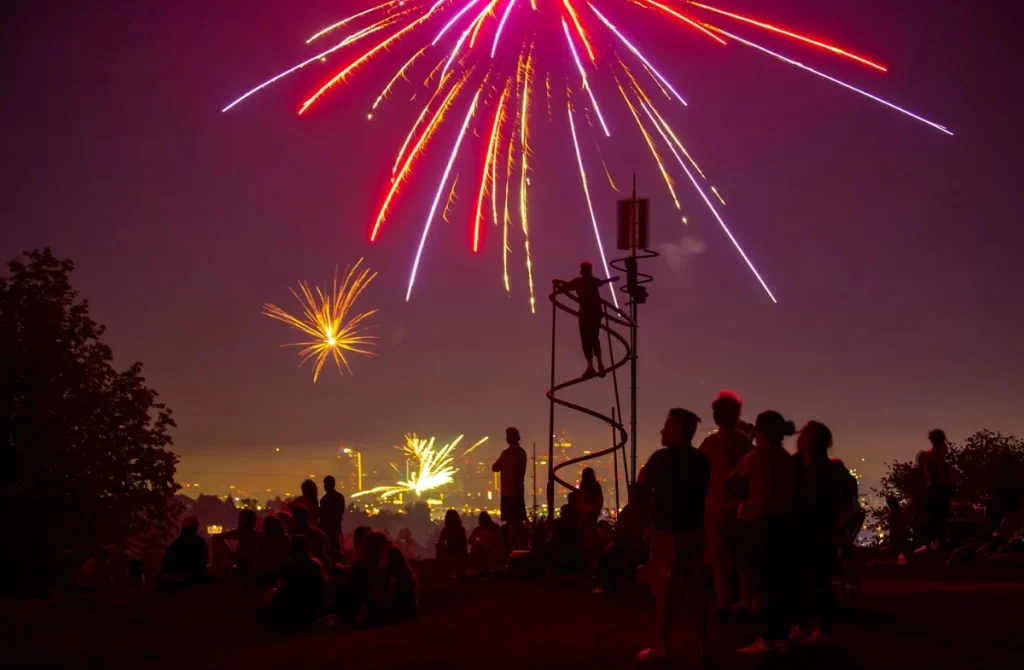
Professional firework shows, which are frequently held on New Year’s Eve, use display fireworks. These aren’t found in consumer shops. Using these, you may see brocades, which form an umbrella shape with many trailing stars; hearts, smiley faces, and flags; or peonies, which are the fountain-like bursts of colours that form the most common shape.
The Process of Making a Firework
Making a firework is quite easy. However, that mustn’t encourage you to play with explosives unmanned. Small tubes are filled with explosive metal salts to produce the desired lights, colours, and sounds in the aerial shells. The bulk of the material inside the shell is gunpowder, with smaller explosive fragments called stars, a bursting charge, and a fuse. Upon lighting the fuse, the bursting charge is triggered, resulting in the explosion of the entire shell.
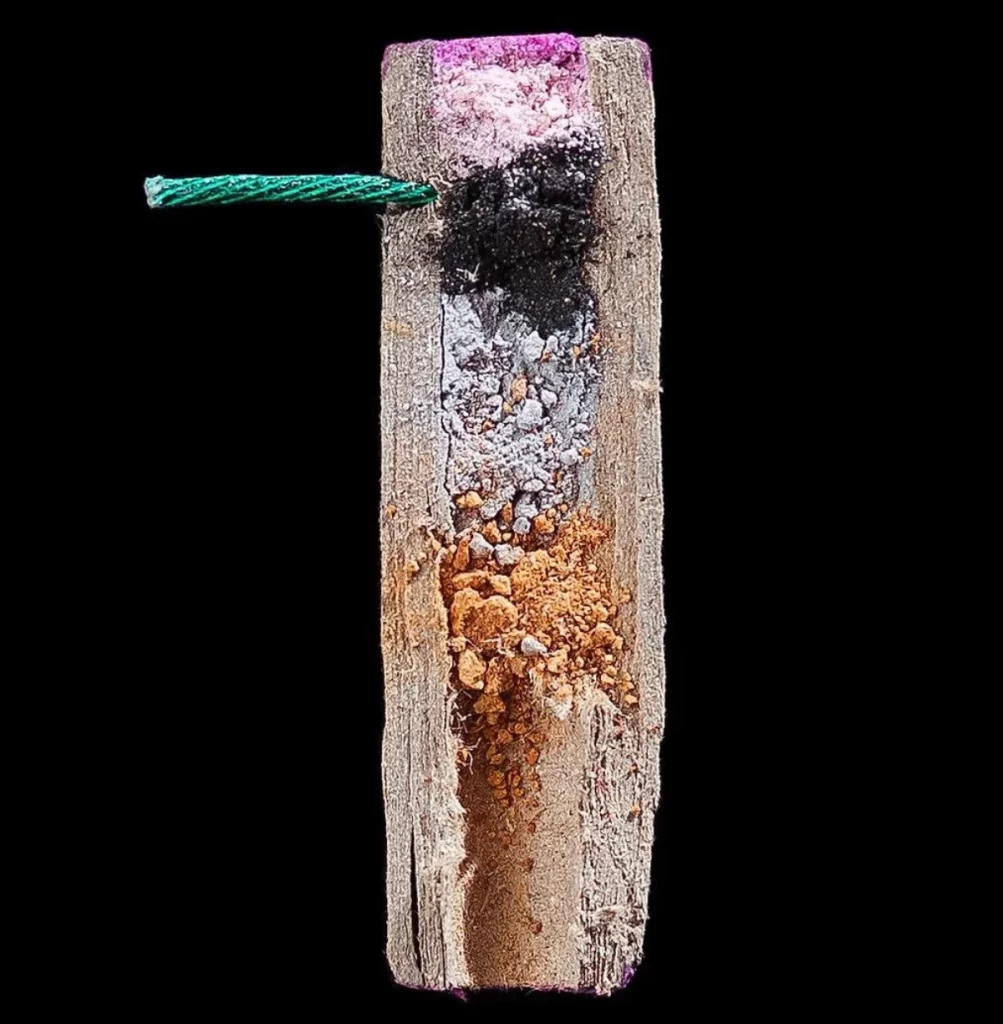
There are two parts to an aerial shell explosion. For the lights to explode in the sky, the shell must first be fired in the air. To send it flying, there must be an explosion on the ground. A tube, called ortar is placed on the ground or partially buried in sand to achieve flight. Inside the mortar is gunpowder with a fuse attached. Gunpowder is positioned on top of the shell. The gunpowder explodes when the fuse is lit, producing enough gas and heat to launch the shell into the air.
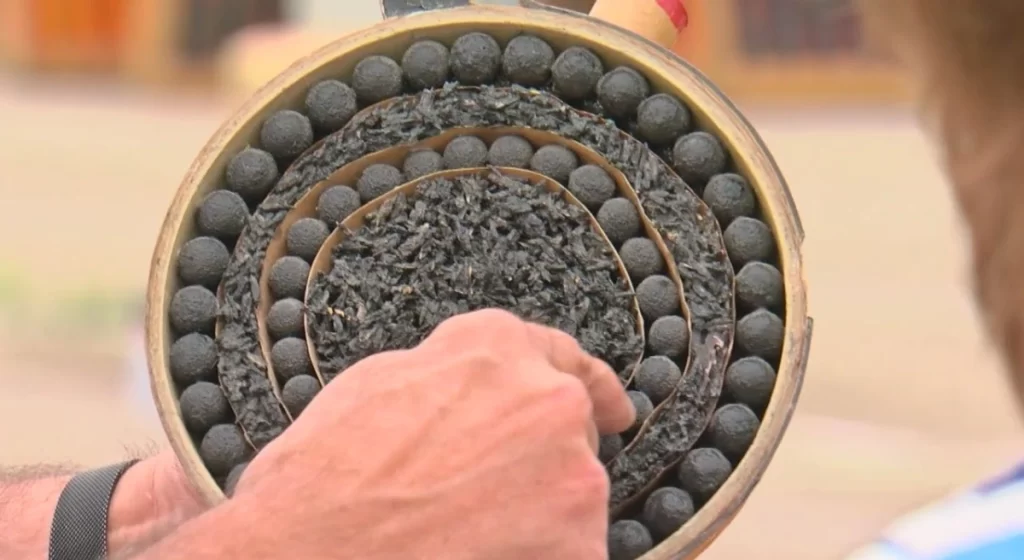
The shell rises to a point where the time-delay fuse inside it ignites, causing the bursting charge to explode in a matter of seconds. The entire shell explodes as a result of this, launching the stars in all directions and producing the shapes and lights that we love in fireworks.
Where do the Colour and Pattern in Fireworks Come From?
Now that we know how fireworks operate, let’s examine how fireworks can be designed to explode in various shapes and colours now that we understand how they operate. The precise shapes and colours are produced by the chemical composition of stars, which includes an oxidizing agent, fuel, colourant, and binder, as well as by the stars’ position within the aerial shell.
Firework Shapes
Fireworks can form specific shapes in the air depending on how the stars are arranged. They are configured on a piece of cardboard. For example, if you arrange these stars in the shape of a heart, star, or even a smiley face, the pattern illuminating the sky would be the same. To make sure the shape can be seen from all directions, pyrotechnicians frequently set off multiple-shaped fireworks at once. Instead of seeing the desired shape, spectators who have the cardboard arranged in their line of sight might only see stars or a flash of light. However, there are times when the stars explode haphazardly, which will affect the consequent pattern.
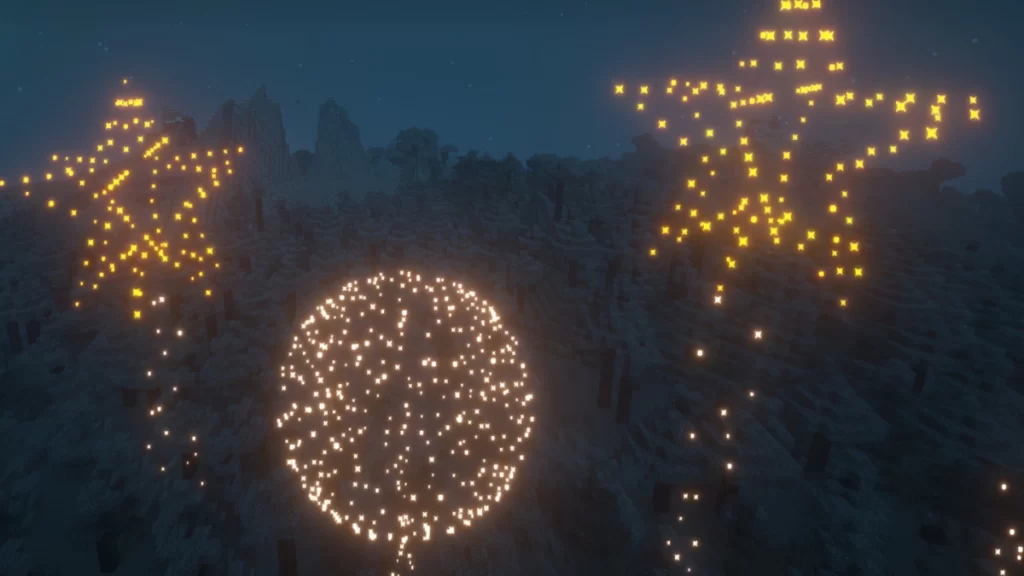
The Colors in a Firework
The colours in a firework are also quite simple to gauge, as it is dependent on particular metal salts. Strontium carbonate (red), sodium nitrate (yellow), copper chloride (blue), calcium chloride (orange), and barium chloride (green) are a few of the frequently used salts. Out of them, blue is the hardest colour to create. These salts are either deposited inside the pod or applied as a coating. You may even find a new colour if two metals are combined inside the pod. For instance, if strontium carbonate and copper chloride were combined, it would result in a purple colour.
Shapes are made for what are referred to as set pieces. These are fireworks that remain on the ground and create images like the American flag. Multiple coloured lances, which are tubes that are 4-5 inches long and filled with chemicals that burn for approximately a minute. Lances are placed on boards or frames. However, set pieces are a rare sight as they are more costly and time-consuming than their counterpart.
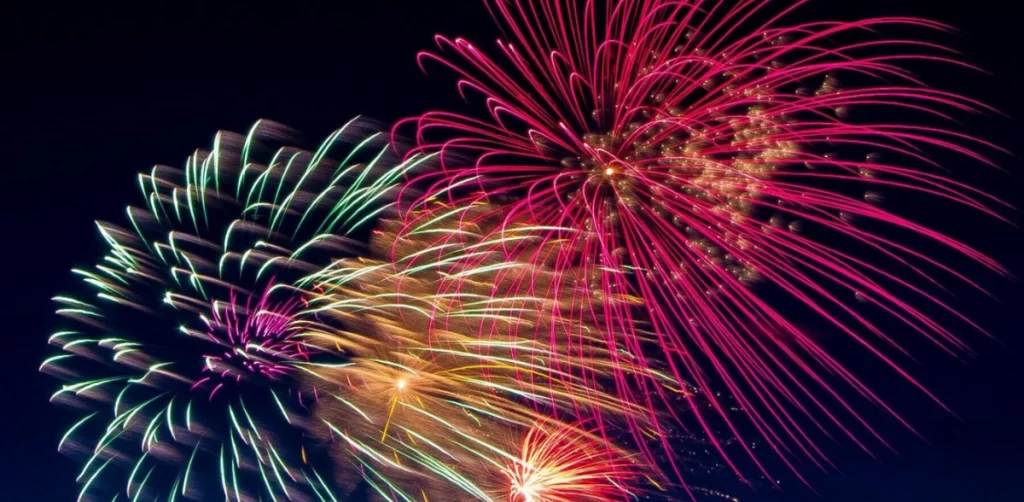
The first shaped fireworks were used to greet returning Desert Storm troops in Washington, D.C., in the early 1990s, according to Julie Heckman, executive director of the American Pyrotechnics Association. These fireworks exploded into yellow bows and purple hearts.
Firework Packaging
If you’ve been in the market for fireworks, you’ll notice how their packaging design is simple yet enticing. They are packaged with bright colours, cartoon illustrations, and evocative names. On a deeper look, you’ll notice a reflection of pop culture, targeted specifically towards men. Jessica Dragoui, Vice President of Phantom Fireworks states the importance of packaging for fireworks sales. To her, fireworks are about selling an experience. She also lists out a few popular fireworks effects, such as palm breaks, chrysanthemum breaks (circles that expand from the centre), and brocade breaks (open like an umbrella).

Fireworks brands use visual aids to compensate for the lack of consumer knowledge in a field with many options. If you were to take a stroll to the Indian fireworks markets, you’d see ‘Chhota Bheem’ or other cartoon characters on the packaging. These are directed to allure kids and preteens. To appeal to the adults, the brands use the concept of the male gaze, plastering effigies of women all over the fireworks. More recent cultural obsessions are of DC and Marvel. According to Dragoui, fireworks are targeted at men between the ages of 18 and 45, who make up the majority of fireworks consumers. This fact is supported by the industry’s overwhelming presence of products with space, cowboy, and military themes.
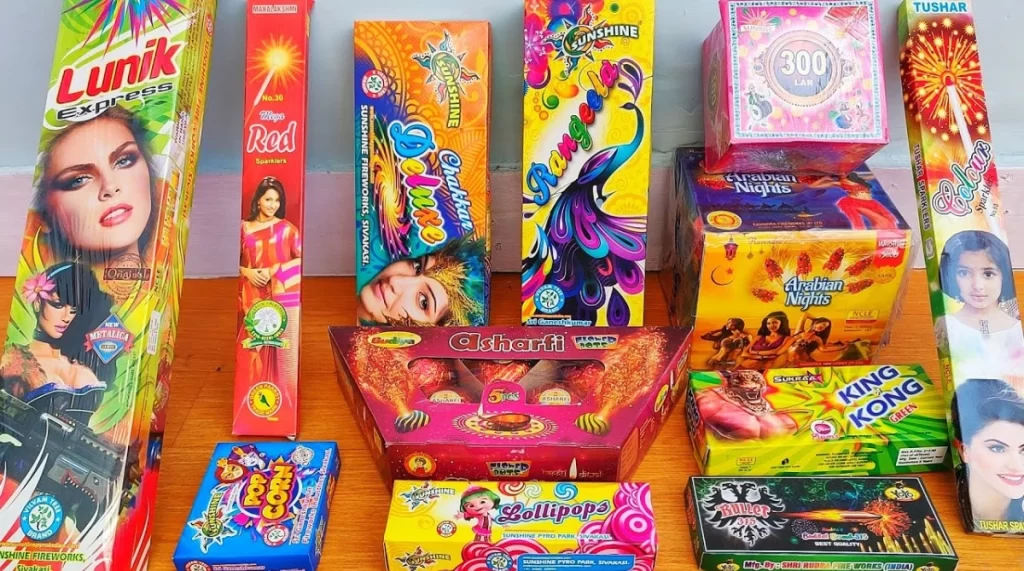
The Future of Fireworks
Despite treading leaps and bounds, the evolution of fireworks has not yet come to a halt. Now, we have noiseless fireworks. You’d be shocked to know that there is a law requiring silent fireworks displays, which was approved in the Italian town of Collecchio. Innovations in fireworks have also given rise to whole new sectors that concentrate on pyrotechnics design and performance. Synchronized firework choreography is another keen area for these pyrotechnicians. They are also supported by computer programming to enhance explosion timing and self-sufficiency.
Image Courtesy – Chemical Safety Facts

Hi Ya’ll !!
I love writing about pop culture and all things queer.
Sub Editor at Abir Pothi

